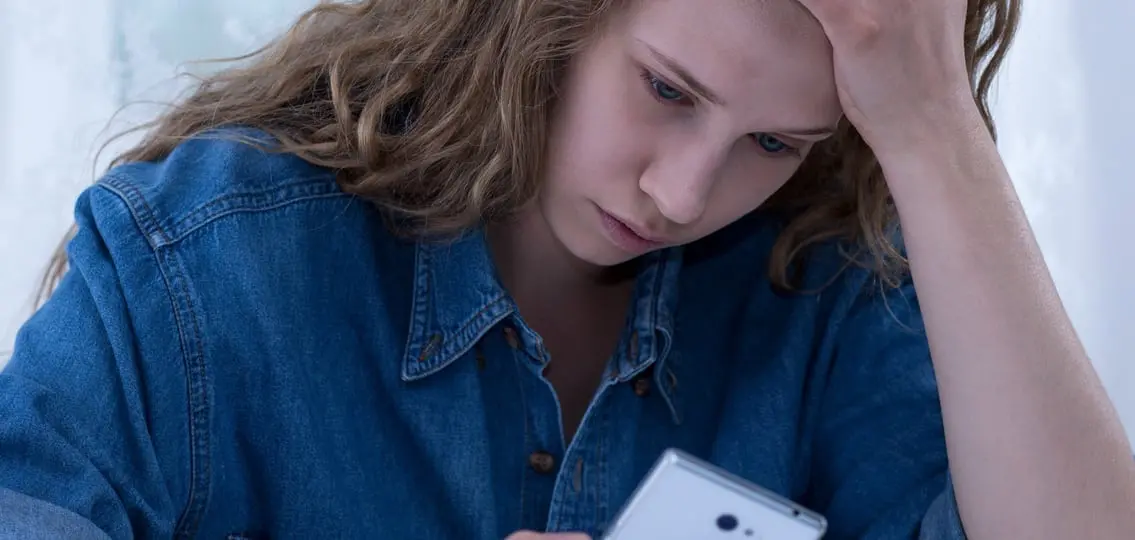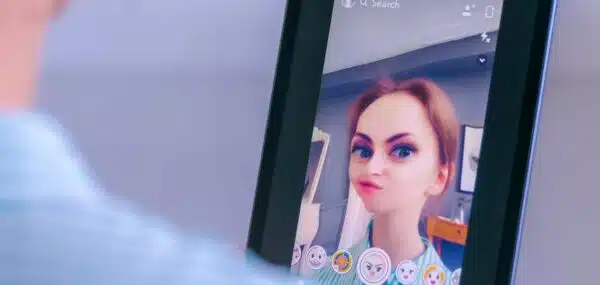So much of our kids’ lives happen online these days. And as much as we’d like to keep them in a bubble forever, we have no choice but to embrace it—and also take some common sense safety precautions. More than ever, it’s important that we stay updated on the latest trends and technologies; keep an open and safe conversation going between ourselves and our kids; and provide appropriate limits and oversights on their tech use.
But we all know that these measures can only go so far. Even the most responsible parents and kids are vulnerable to online maliciousness on the part of others. And even our most conscientious children make mistakes—it’s just part of life.
As a parent, I think the thing that scares me most about the internet age is the idea of my child’s privacy being invaded—specifically, anything having to do with pornography, sexting, or sexually suggestive images or videos. And as much as I’d like to think, “Oh, my kid would never get wrapped up in anything stupid like that,” we all know that’s naïve.
So what if the worst scenario happens? What if a nude pic of your kid gets around because of sexting or it was stolen? What if it—gulp—goes viral?
How to Remove a Naked Selfie After it goes Public
Diana Graber, founder of Cyber Civics and Cyberwise and author of the book Raising Humans in a Digital World: Helping Kids Build a Healthy Relationship with Technology, stresses the importance of warding off this kind of thing in the first place, but says that if the worst case scenario does come to pass, the most important thing to do is take action, and do so right away.
“Of course, the most important way to be sure that a nude selfie isn’t shared widely is by not posting one in the first place,” says Graber. “But that being said, all teens make mistakes. Unfortunately, this is a mistake that, in addition to being hugely embarrassing, can have serious and long-lasting consequences. Doing nothing is not an option.”
According to Graber, you should first immediately ask the person or people who posted the photo to delete it. And if that doesn’t work, reach out directly to their family members or anyone else in charge of their care.
But your work doesn’t end there. Even if the first entry point of the photo is deleted, we all know that photos can be elsewhere, thanks to screenshots and the rapid-fire nature of social media sharing. That’s why you need to alert as many entities as possible to help remove the photo.
The 4 Most Important Parties to Contact
- Your child’s school. If the image has been shared by students at your child’s school, alert the school of this fact.
- Social Media Networks and Websites. Has the image been shared on social media? If so, you should report it to the social media network or url where it was posted. You may not be able to take the photo down yourself. In that case, you should ask directly for it to be taken down.
- Your local law enforcement agency. “They will know what to do and may even have back-channel communication with the social media network where the image is being shared,” explains Graber.
- Outside Support Organizations. There are outside organizations you can contact for help as well, says Graber. The Badass Army, for example, is a non-profit that works with and supports victims of image abuse.
Even after you’ve contacted everyone you can, you need to stay on top of things, and make sure the organizations are doing everything in their power to help you, explains Katie Greer, a national internet safety expert and CEO of KL Greer Consulting.
“As the laws around this continue to evolve, it’s really important to not only report, but keep going until you get the help you need,” says Greer. “Sometimes local departments don’t have the resources to handle these cases. Look into resources at the District Attorney’s Office, or even the Attorney General’s Office.”
In addition to all of this, Graber recommends we all take steps to make sure that our kids’ schools are generally on top of these things, and that they have preventative measures so that their students are protected against these things from the onset.
“Unfortunately, the sharing of inappropriate images is an all-too-common event in today’s schools. And students must be taught what to do if and when it happens,” Greer shares. “A little education can go a long way in keeping these life-disrupting events from happening in the first place.”
The bottom line here: If the unimaginable happens to your child, do everything you possibly can do to rectify the situation—and more. Having your teen’s nude photo get out there is a big deal, and one that you should address ASAP.



